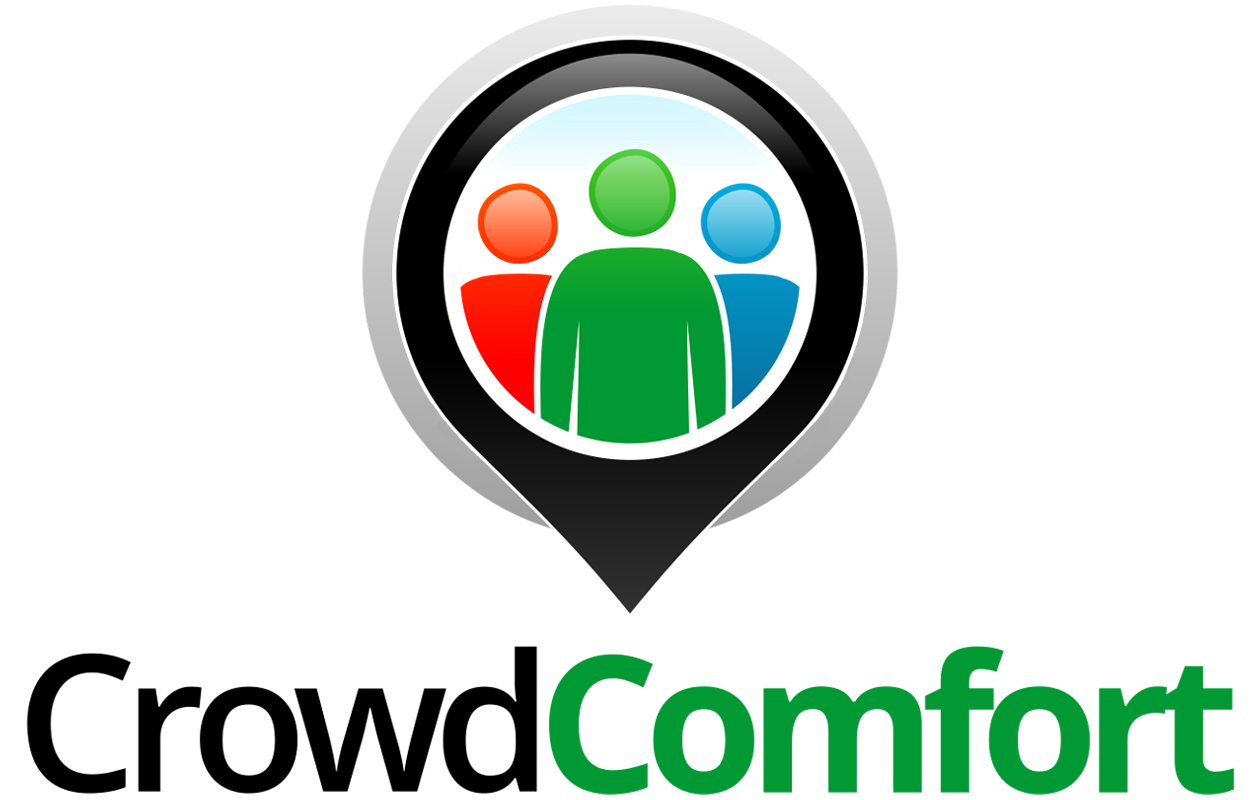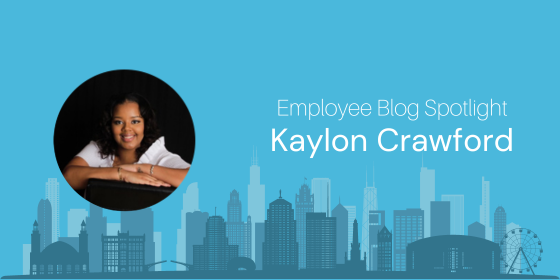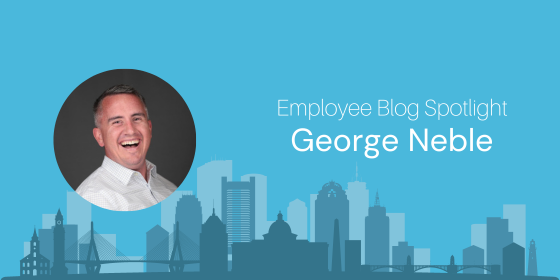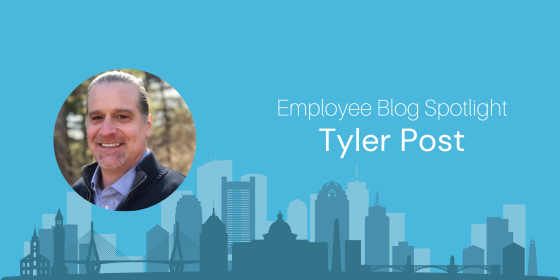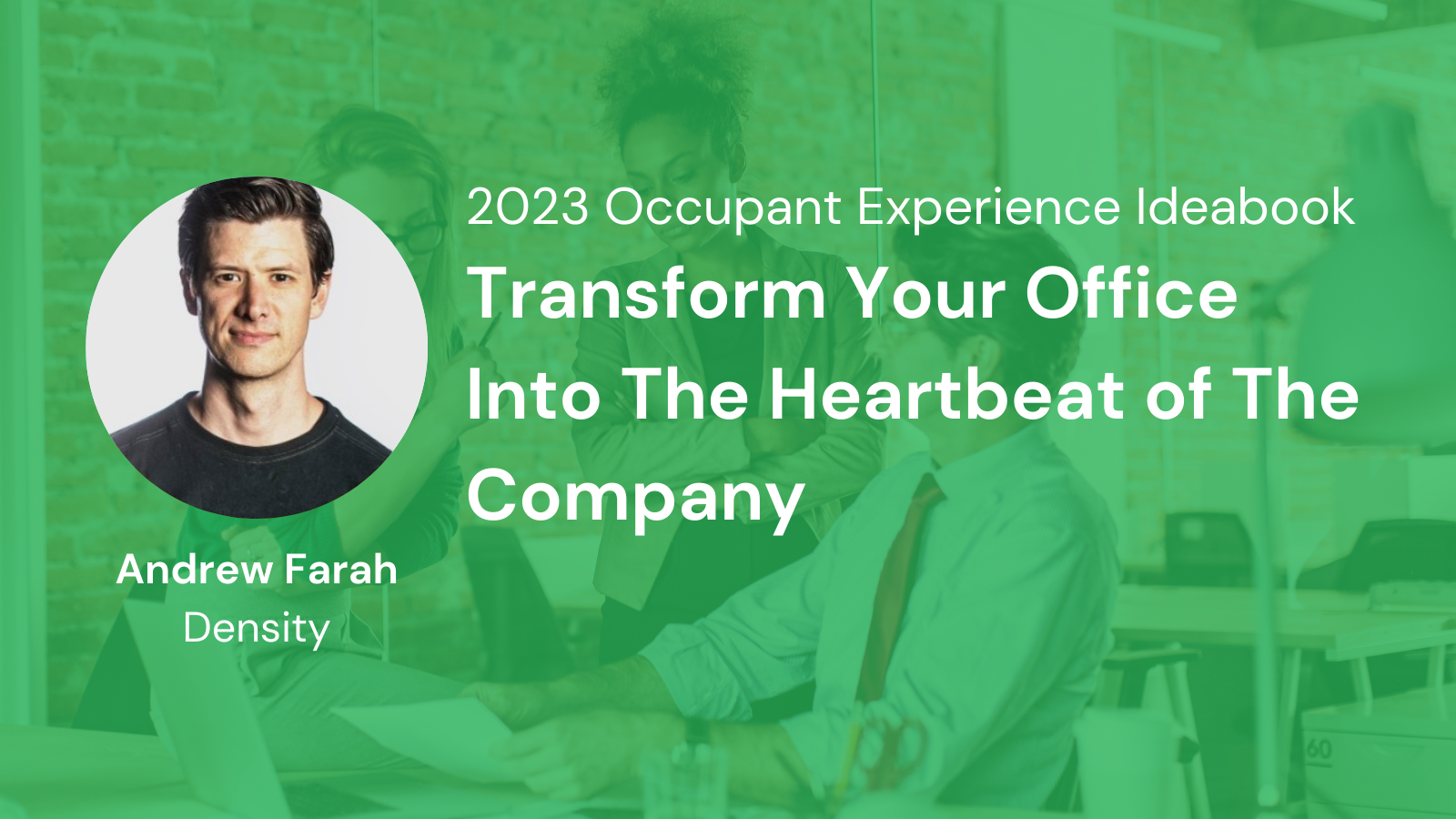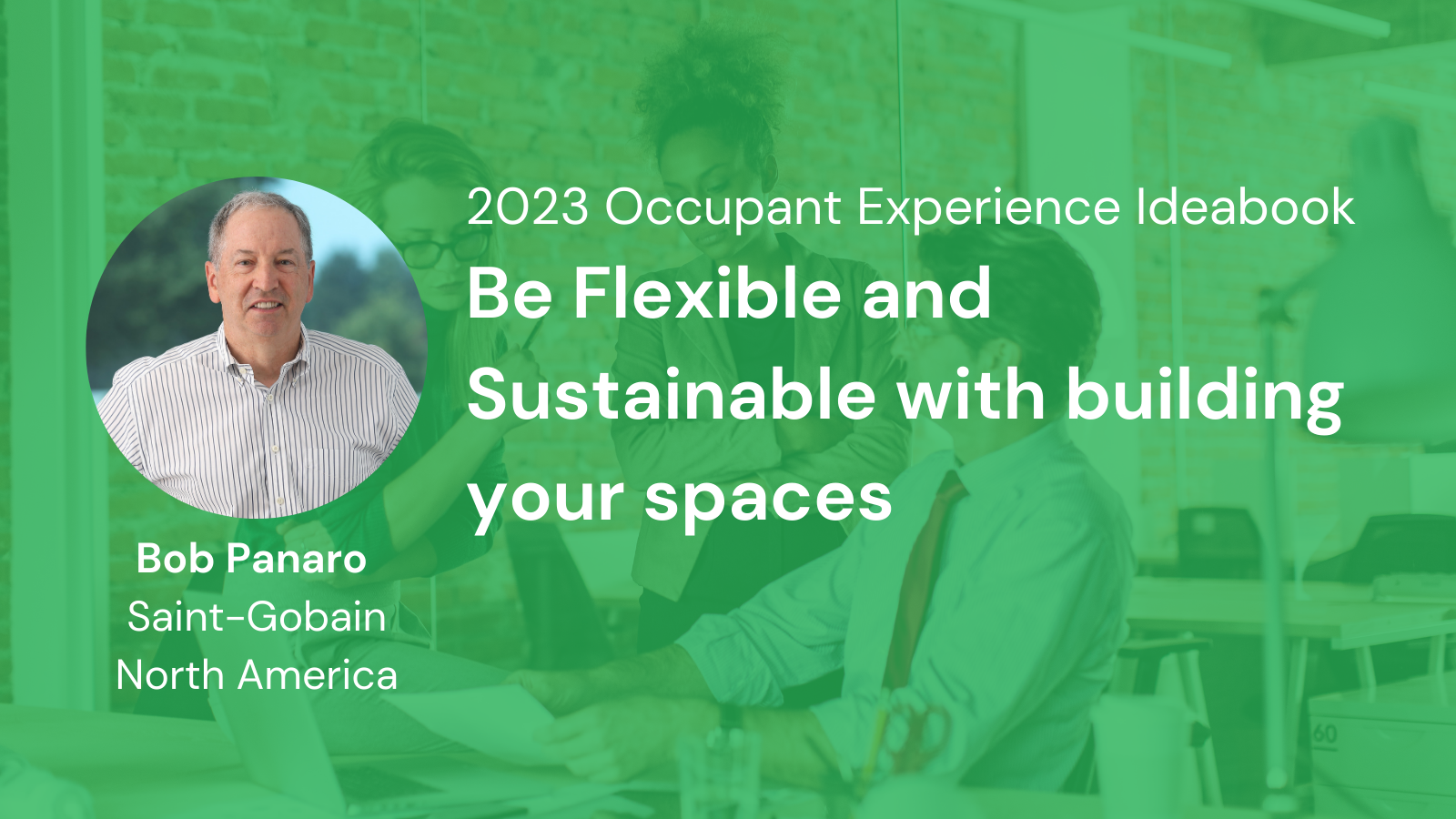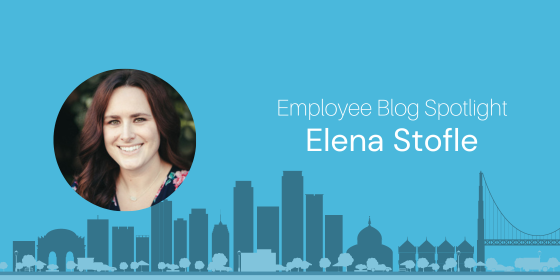U.S. Office Vacancy Hits New High with Tenants in Control - May 2024 Newsletter
CBRE previously expected the vacancy rate would top out at approximately 19.7% later this year, but it’s now forecasted to reach its peak next year at 19.9%. Demand for office space is anticipated to rise in mid-2025 once interest rates decrease and there is more certainty surrounding the economy.
Continue reading
2024 Work Trends and Rise of AI - December 2023 Newsletter
Business leaders' interest in the technology parallels that of the public, with 80% of business leaders in a Deloitte CEO survey from summer 2023 agreeing that generative AI will increase efficiencies in their organization.
Continue reading
Employee Autonomy in the era of Flexible Work - November 2023 Newsletter
In Gartner’s October 2022 survey of 351 Gen Z employees, 65% said whether or not they can work flexibly would impact whether they stay at their organization, and 53% cited it as a reason they were looking for a new job. Across all generations, work-life balance currently ranks as the third most important attribute employees are looking for in a job.
Continue reading
Meet The CrowdComfort Team: Kaylon Crawford
In this blog we interview Kaylon Crawford, our Lead Implementation & Customer Support Specialist for the Chicago team, who shares her many talents and strengths inside and outside the workplace. Learn about her career, day to day life, and passions and philosophies that inspire her and make her an amazing person to work with.
Continue reading
Meet the CrowdComfort Team: George T. Neble
In this blog we interview George Neble, our Vice President of Sales, who shares the different hats he wears to support company development. Learn about his career, day to day life, and passions and philosophies that inspire him and make him an amazing person to work with.
Continue reading
Meet the CrowdComfort Team: Tenzin Dawa
In this blog we interview Tenzin Dawa, an implementation and customer success specialist, who shares deep insight on how to support the customer. Learn about her career, day to day life, and her passions and philosophies that inspire her and make her an amazing person to work with.
Continue reading
Meet the CrowdComfort Team: Tyler Post
In this blog we interview Tyler Post, an Inside Sales Representative, who made a recent career change. Learn about his career, day to day life, and his passions and philosophies that inspire him and make him an amazing person to work with.
Continue reading
Transform Your Office Into The Heartbeat of The Company - Andrew Farah
Understandably, organizations are focused on the dollars and cents of real estate, given the current macroeconomic climate. But when measuring the ROI of a workplace, employee experience is an integral part of success.
Continue reading
Be Flexible and Sustainable With Building Your Spaces - Bob Panaro
Know your needs, your culture, and work with partners to create practical, irresistible spaces.
Continue reading
Meet the CrowdComfort Team: Elena Stofle
In this blog we interview Elena Stofle, Senior Customer Success Manager, who has unique education and industry experience. Learn about her career, day to day life, and her passions and philosophies that inspire her and make her an amazing person to work with.
Continue reading

